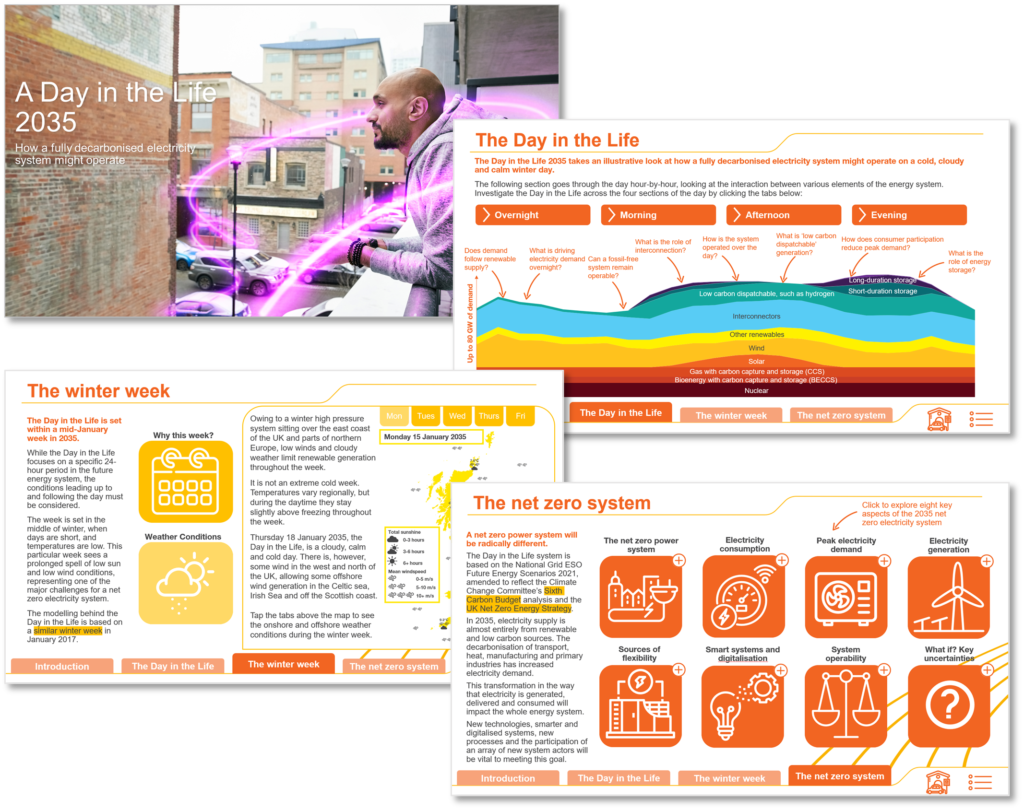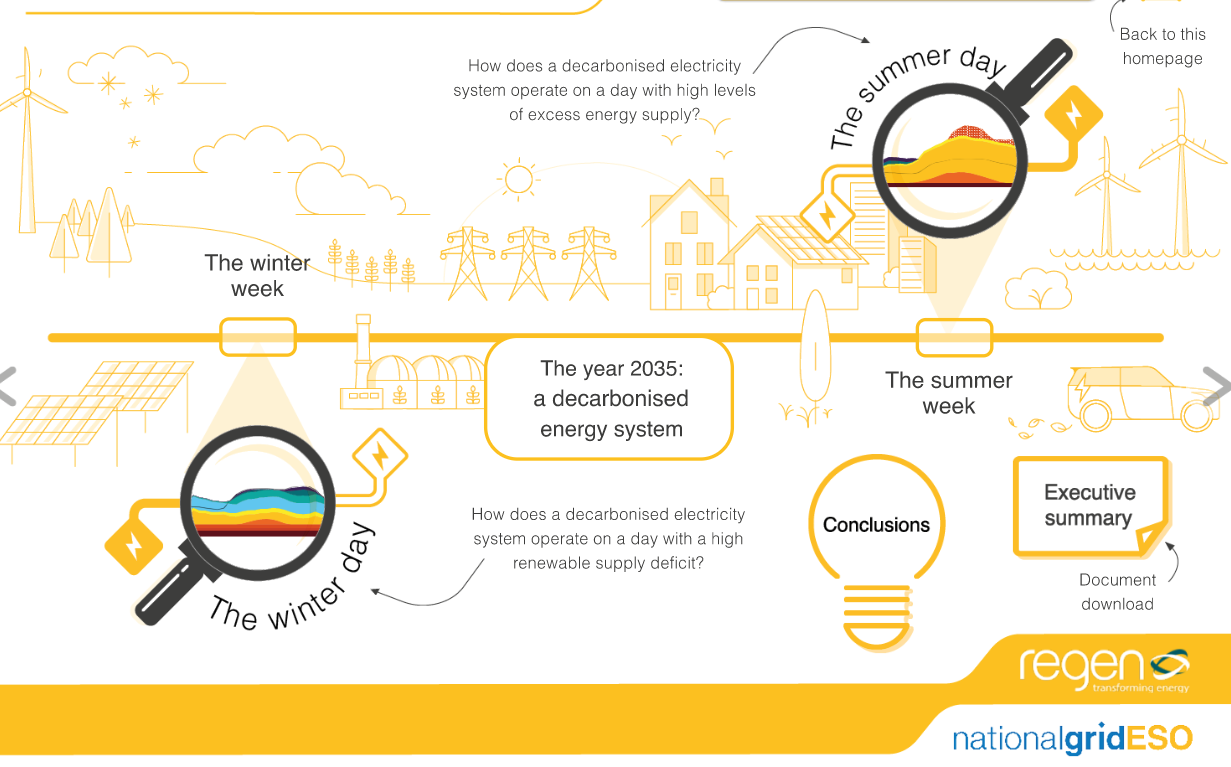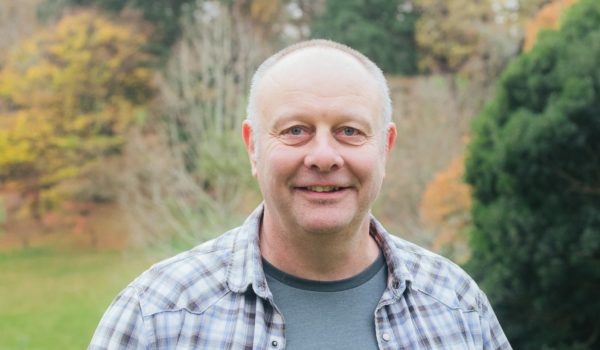The UK government has set an explicit target to achieve a decarbonised electricity system by 2035. But what does this mean, and what might that look like on a day-to-day basis? In particular, how might this decarbonised electricity system operate during the more challenging periods of the year?
Project duration: December 2021 – October 2022









